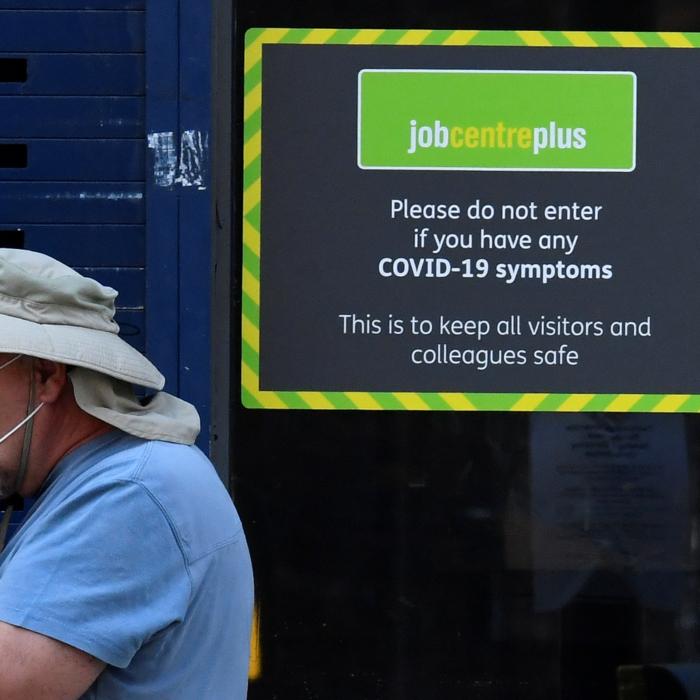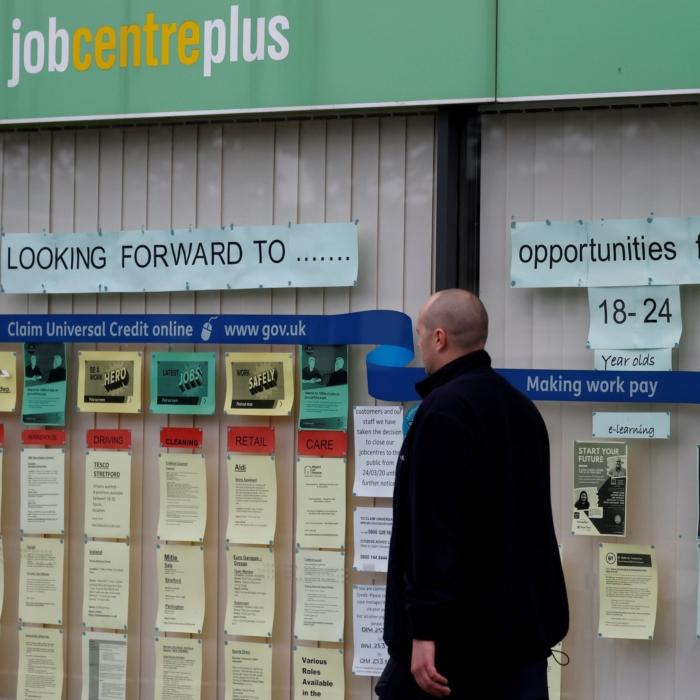Labour has unveiled plans to reform the employment sector and clamp down on economic inactivity, as part of its mission to “get Britain working again.”
Backed by £240 million in government investment, the plans laid out in the Get Britain Working White Paper include transformation of the “outdated” Jobcentre system, health and disability benefits, work opportunities for younger people, and poor workforce health.
Prime Minister Sir Keir Starmer said on Tuesday that Britain “simply isn’t working,” given the state of the NHS, the economy, and what the government characterised as spiralling inactivity.
The reforms will get more people into work and deliver support to those for whom mental health issues represent a barrier to employment, he added.
The white paper comes as a record 2.8 million people are out of work owing to long-term sickness, and almost 1.5 million are unemployed. One in eight young people are not in education, employment, or training, while 9 million adults lack the skills to get back into work.
Under Labour’s plans, Jobcentres across the UK will be reformed to see staff move away from a “tick box” culture and offer a more personalised service to job seekers.
In England, Jobcentres will be brought together with the National Careers Service. The new service will focus on people’s skills and careers instead of just monitoring and managing benefit claims.
Young Workers
Ministers also want to get younger people into work by delivering the Youth Guarantee, under which every 18- to 21-year-old in England will have access to an apprenticeship, training, and education.Partnerships will be set up with cultural and sports organisations, including the Premier League, Channel 4, and the Royal Shakespeare Company, which will offer work or learning opportunities for young people.
Labour also said it will set out £45 million for young people in eight youth “trailblazer” areas, where the risk of falling out of education or employment is high. These include Liverpool, the West Midlands, Tees Valley, the East Midlands, West of England, Cambridgeshire and Peterborough, and two in London.
Economic Inactivity
In the period of July to September, the UK’s economic inactivity rate stood at 21.8 percent. Following the COVID-19 pandemic, the rate largely increased among those aged 50 to 64.The government said it will introduce adult “inactivity trailblazers” in eight areas across England and Wales to clamp down on economic inactivity. The measure will be funded to the tune of £125 million and will cover West Yorkshire, the northeast, and Greater Manchester, among other others.
Work and Pensions Secretary Liz Kendall gave a statement to the Commons on Tuesday, where she laid out the new reforms. She told MPs that a “healthy nation and a healthy economy are two sides of the same coin.”
Kendall also spoke on plans to devolve new powers to tackle economic inactivity to mayors and local areas because they “know their communities best.”
Tough Questions
Kendall said that the previous Conservative government had failed to create “good jobs in every part of the country, to deliver on the NHS and to properly reform welfare.”Shadow work and pensions secretary Helen Whately said that Labour is “dodging the tough decisions” and questioned the government’s plan to clamp down on sickness benefits.
“Where are the reforms to fit notes, which we had handed over all ready to go? Where is her plan for reforming the workplace capability assessment? She has banked the £3 billion of savings from our plan, but failed to set out her own,” the senior Tory said.
According to Downing Street, plans for the “really complex” work capability assessment area will be set out separately in spring.
However, Greg Thwaites, research director at the think tank, said on social media platform X: “The strategy won’t work without reforms to health-related benefits – a challenge that has been delayed for another day – and reductions to NHS waiting lists, which lies far beyond the scope of this White Paper.”







